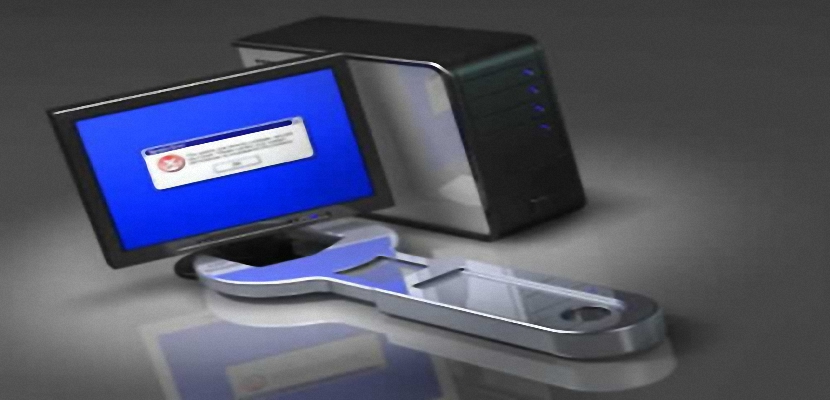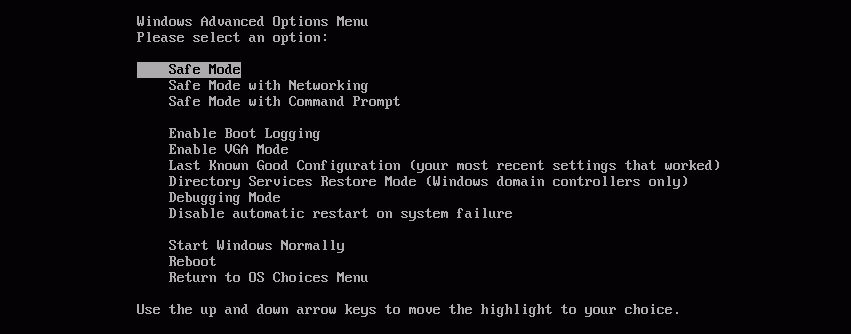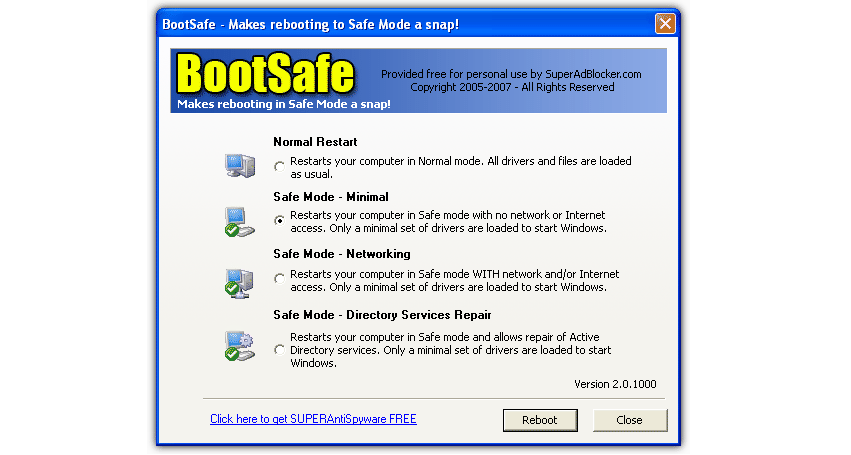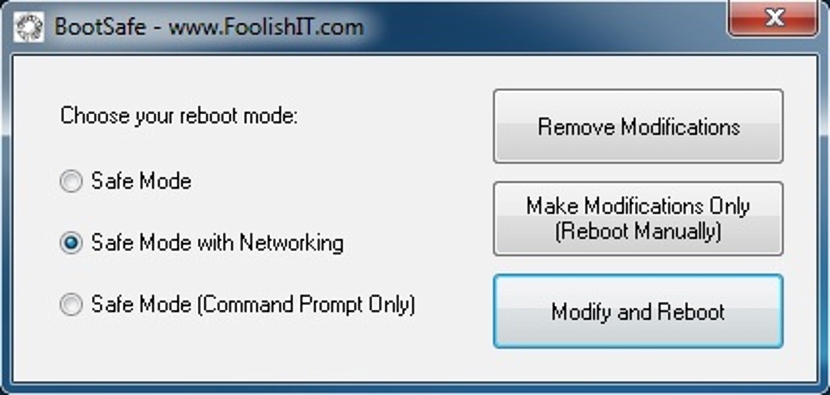
When our Windows personal computer starts to crash, an alternative to try recover to the operating system is in "Safe Mode".
For many people, this situation is one of the most difficult to carry out because the period of time in which you have to press the F8 key several times to enter Safe Mode is usually too small. Due to this situation, the function does not respond effectively and therefore Windows restarts in the conventional mode. Below we will mention the three alternatives that exist to carry out this task.
1. Conventional method to enter Safe Mode in Windows
We already mentioned it lightly at the top, that is, to enter "Safe Mode" in Windows we would only have to press the F8 key several times; The trick to perform this task is simply the following:
- Turn on the computer.
- Wait for the manufacturer's logo to appear (usually linked to the motherboard).
- Pressing the F8 key several times as soon as this logo disappears.
From the moment the computer is turned on until the moment in which we must press this key several times should not pass more than about 3 seconds; If this time is out of our hands, the computer will necessarily start with Windows.
If we manage to achieve our goal, we will immediately admire a screen very similar to the one we have placed at the top. There we would only have to use the arrow keys (up or down) to choose «Safe mode», with what our computer entered a reduced version of the operating system.
2. Using the BootSafe tool
The method that we suggest above is the conventional one, that is, that every computer specialist uses it at any time when he wants toEnter "Safe Mode"; If anyway we have not had luck when it comes to pressing the F8 key several times then we could go to the name tool Boot Safe, which is portable and completely free.
When we execute it, we will find an interface very similar to the capture that we have placed at the top. Right there, all those options that we should have seen will be presented when we press the F8 key several times although, with a more attractive graphical interface. Here we will only have to select the second option, which belongs to this «Safe Mode».
When you enter this «Safe Mode», you will be able to make any kind of change, modification or repair of Windows; the only problem is that when you restart the computer, it again enters this «Safe Mode». For this reason, it is necessary to run the tool again but this time, to select the first option, that is, the one that It will allow us to perform a "Normal Restart".
3. Enter Safe Mode with BootSafe
If you thought that we have made a mistake with the name and we are repeating the information mentioned above, let us simply mention that this is an eponymous app, which means that it has the same name.
In addition to having the same name, this tool also offers us the possibility of entering Windows "Safe Mode" in a very easy and simple way. The difference with the previous alternative is that after having carried out any type of repair in the operating system, the user can restart their computer without having to run this application to order said task. This means that we will only have to send the team to restart so that "Normal Mode" is present in Windows.
The reasons why this "Safe Mode" should be used in Windows is that the operating system runs in a minimalist way, which means that many of the controllers will not be activated and therefore, the user can get to Uninstall whoever is causing a problem. You can also uninstall applications and even eliminate any type of threat with malicious code.


